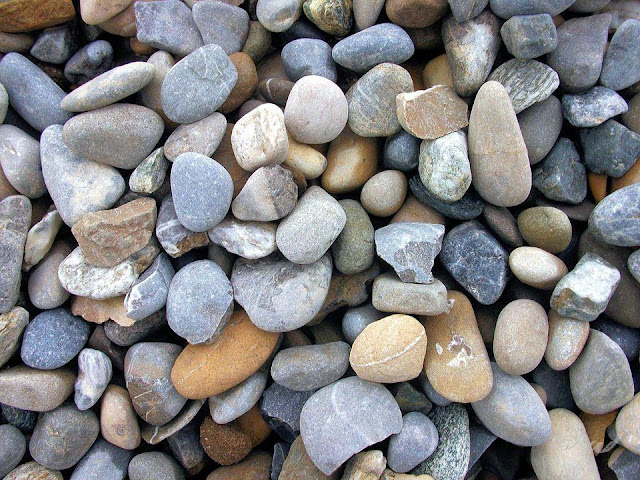Definition, classification and example of soil forming rocks
 |
SOIL FORMING ROCKS
A rock may be defined as a mass of mineral matter. It is composed of mixture of minerals. Rocks are divided into three main groups according to their origin and structure. These are:
(1)Igneous Rocks. Igneous rocks are those that have been formed by the action of heat. These rocks were the first to be formed when the molten mass cooled and consolidated into solid rock. The other rocks viz., metamorphic etc., were formed subsequently. The igneous rocks constitute nearly 25% of the earth’s crust and are about ten miles thick. These rocks are mostly crystalline and they are therefore, known as crystalline rocks. They are also called massive rocks as they occur in big masses. Igneous rocks consist mainly of primary minerals of which quartz, feldspar’s, amphiboles, pyroxenes and mica are the most common.
Igneous rocks have been formed in three ways:
(a) Extrusive (b) intrusive, and (c) plutonic.
(a)Extrusive rocks are those that were formed when the molten mass was poured out on the surface of the earth where it consolidated on cooling. This is generally, of volcanic origin. E.g. Rhyolite, basalt etc.
(b)Sometimes the molten mass was cooled and consolidated beneath the surface. The rocks so formed are known as intrusive rocks. E.g. Dolorite, felsite etc.
(c)Among the intrusive rocks, those consolidated at a much greater depth than others are known as plutonic rocks. E.g. Granite, gabbro etc.
(2) Sedimentary or Aqueous Rocks.Aqueous rocks have formed through the agency or action of water. They are formed from sediments brought by water. Hence, they are also known as sedimentary rocks. The sediment may consist of various types of substances and of various sizes of particles. The particles are cemented together by substances like silica, iron oxide or lime to give a consolidated form. Many of these rocks are deposited in layers of strata and hence, they are also known as stratified rocks. All sedimentary rocks are of secondary or derivative origin, as they consist of materials that have previously existed on or beneath the surface of the earth. The transportation, accumulation and consolidation of these materials gave rise to new rocks. Hence, these rocks consist mainly of secondary minerals together with some qualities of primary minerals. Few important limestone, sandstone, siltstone, shale, calcareous sandstone, arenaceous limestone etc.
(3) Metamorphic Rocks. Metamorphic rocks have resulted from the subsequent transformation of igneous and sedimentary rocks under influence of heat, pressure and chemically active liquids and gases. When the change is considerable, the rock is said to have undergone metamorphosis and the new rock is known as a metamorphic rock. Some important types of metamorphic rocks that are sources of weathered parent material for soil formation are
Gneiss from granite,
Slate from shales,
Marble from limestone,
Schist from shale and
Quartzite from sandstone.
Rocks are also classified on the basis of their silica content, such as
Acid rocks. Containing 65-75% silica, e.g., granite, rhyolite, sandstone and Gneiss.
Intermediate rocks. With 55-65% silica, e.g., syenite, diorite and andesite.
Basic rocks. Having 40-55% silica, e.g., gabbro, basalt, limestone and diabase. These are also rich in iron, calcium, magnesium, and sodium.
You might interest more articles about Soil Science
Useful Agricultural Websites